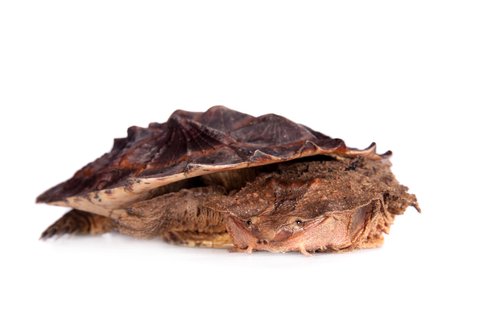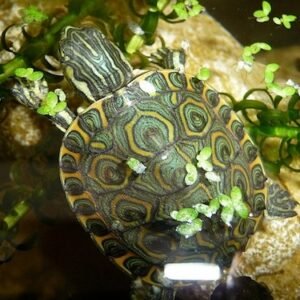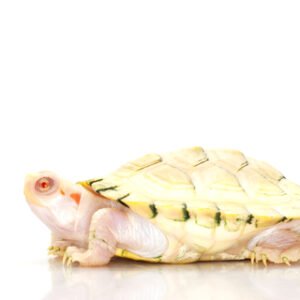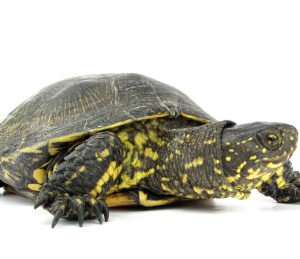The Unique Characteristics of the Mata Mata Turtle
The Mata Mata turtle (Chelus fimbriata) is notable for its unique adaptations that distinguish it from other turtle species. One of its most striking features is its flat, elongated body shape, which resembles the aquatic vegetation found in its natural habitat. This distinct morphology allows the Mata Mata to seamlessly blend into its environment, providing excellent camouflage against potential predators. The turtle’s skin also has intricate patterns and textures that mimic the appearance of submerged leaves and foliage, further enhancing its ability to remain concealed. Such adaptations are crucial for its survival, as they aid both in protecting the turtle from being eaten and in ambushing prey.
Another remarkable characteristic of the Mata Mata turtle is its specialized head structure. The turtle possesses a long, flattened head with a broad mouth that facilitates its unique feeding habits. This design allows the Mata Mata to effectively capture its primary diet, which consists mainly of fish. By remaining motionless and utilizing its camouflage, the Mata Mata is able to surprise unsuspecting prey that swims too close. Additionally, its long neck provides the flexibility required for reaching various sources of food without needing to swim far distances, thus conserving energy in the often stagnant waters of the Amazon basin.
Behavior and Conservation of the Mata Mata Turtle
The Mata Mata turtle (Chelus fimbriata) exhibits a range of fascinating behavioral traits that are critical for its survival in its natural habitat. Primarily found in the shallow waters of slow-moving rivers, lakes, and swamps across South America, this unique turtle has adapted to an aquatic lifestyle. Its feeding habits are particularly intriguing; the Mata Mata primarily preys on fish, using a remarkable method of capture through suction. When a fish swims within its reach, the turtle quickly opens its large mouth, creating a powerful vacuum that draws the fish in. This feeding technique is incredibly efficient, demonstrating the Mata Mata’s specialized adaptations for hunting in its murky aquatic environment.
In terms of behavior, the Mata Mata turtle is largely sedentary. These turtles tend to stay submerged for prolonged periods, often remaining motionless among submerged debris and vegetation to avoid detection by predators. This strategy not only aids in hunting but also provides a level of camouflage essential for evading larger terrapins and birds. By blending seamlessly into its surroundings, the Mata Mata effectively protects itself from threats while conserving energy.
However, despite its captivating adaptations, the Mata Mata turtle faces several conservation challenges. Habitat destruction due to deforestation, agricultural expansion, and urban development poses a significant threat to its natural environment. Moreover, the illegal pet trade further endangers the species, while pollution in freshwater ecosystems compromises the health of the aquatic habitats where the Mata Mata thrives. Conservation efforts are crucial for the preservation of this unique species and its habitat. Individuals can contribute to these efforts by supporting organizations focused on turtle conservation, advocating for sustainable practices, and raising awareness about the ecological importance of the Mata Mata turtle. By safeguarding the future of this species, we enhance the biodiversity of our planet and ensure the continuation of these remarkable creatures. In conclusion, recognizing the behaviors and conservation needs of the Mata Mata turtle is vital for its survival in an increasingly threatened ecosystem.





